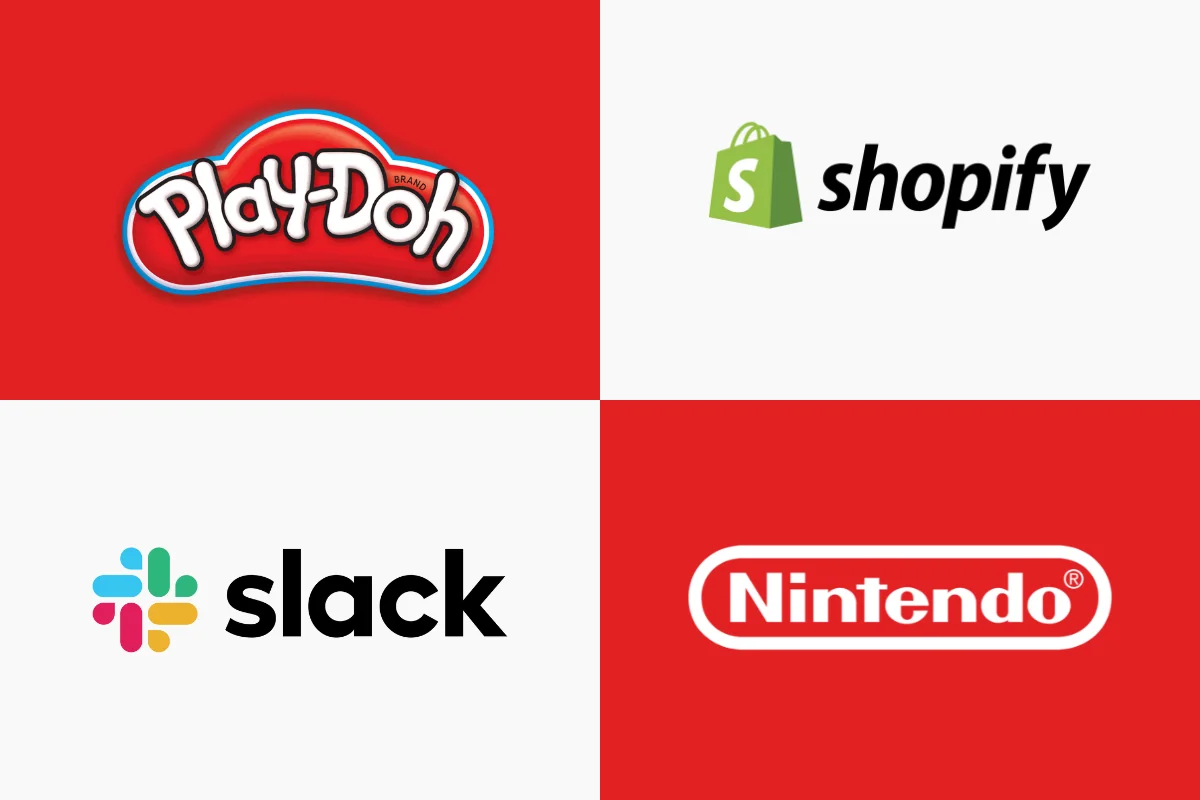In today’s fast-paced business environment, operational efficiency and continuous improvement are more important than ever. Lean Management is a proven methodology that focuses on reducing waste, optimizing processes, and maximizing value for customers.
Originally developed in the manufacturing sector, Lean Management principles have since expanded to diverse industries, including healthcare, services, and software development.
This article will provide an in-depth look at Lean Management—from its foundational principles and methodologies to practical steps for implementation and real-world applications.
Whether you are a manager in manufacturing or a leader seeking to enhance overall operational performance, understanding Lean Management can help you streamline processes and achieve sustainable success.
What is Lean Management?
Lean Management is a systematic approach to identifying and eliminating waste (non-value-added activities) through continuous improvement, thereby creating more value for customers with fewer resources.
At its core, lean management aims to create an efficient, agile, and responsive organization by focusing on processes, people, and performance. This management philosophy is built on the idea that every process can be optimized, and that even small improvements, when combined, lead to significant benefits.
The Origins and Evolution of Lean Management
Lean Management has its roots in the Toyota Production System (TPS), developed in Japan after World War II. TPS was designed to reduce waste and improve efficiency in manufacturing, which in turn helped Toyota become a global leader in the automotive industry.
Over the decades, the principles of lean management have been refined and adapted to various sectors, evolving into a universal approach for operational excellence. Today, lean management is applied not only in manufacturing (lean production) but also in areas such as logistics, healthcare, and service industries.
Core Principles of Lean Management
At the heart of lean management are several key principles that guide organizations in their journey toward operational excellence:
1. Value
- Definition:
Value is defined from the customer’s perspective. Only activities that directly contribute to meeting customer needs add value. - Focus:
Identify what your customers truly value and eliminate activities that do not contribute to that value.
2. Value Stream
- Definition:
The value stream encompasses all the actions (both value-added and non-value-added) required to bring a product or service from concept to delivery. - Analysis:
Map out the entire value stream to pinpoint sources of waste and areas for improvement.
3. Flow
- Definition:
Once waste is removed, the remaining value-added steps should flow smoothly without interruptions. - Implementation:
Optimize processes so that work moves seamlessly from one stage to the next.
4. Pull
- Definition:
A pull-based system produces items only as needed, driven by actual customer demand rather than forecasting. - Application:
Align production closely with customer orders to minimize inventory and reduce waste.
5. Perfection
- Definition:
Lean is not a one-time initiative but an ongoing pursuit of perfection. - Culture:
Foster a culture of continuous improvement where every employee is empowered to identify and address inefficiencies.
Lean Management Methodology and Lean Production
Lean Management methodology is designed to optimize processes in a systematic way. It is often used interchangeably with the term “lean production” in the manufacturing context. Lean production focuses on creating more value for customers with fewer resources by streamlining production processes and eliminating waste. Here are the key components of lean methodology:
Continuous Improvement (Kaizen)
- Definition:
Kaizen, a Japanese term meaning “change for the better,” is the practice of continuous, incremental improvements. - Application:
Encourage employees to constantly suggest improvements and implement small, regular changes that add up over time.
Just-In-Time (JIT)
- Definition:
JIT is a production strategy that aims to reduce flow times and response times by producing items only when needed. - Benefits:
Reduces inventory costs, minimizes waste, and improves production efficiency.
5S System
- Definition:
A workplace organization method that stands for Sort, Set in order, Shine, Standardize, and Sustain. - Goal:
Create a clean, organized, and efficient work environment that supports lean operations.
Value Stream Mapping
- Definition:
A visual tool that charts every step in a process to identify waste and areas for improvement. - Outcome:
Provides a clear picture of the process flow and highlights opportunities for optimization.
Lean Six Sigma Integration
- Definition:
Lean Six Sigma combines lean principles with Six Sigma’s focus on quality and reducing variation. - Application:
Many organizations adopt Lean Management and Six Sigma together to achieve both efficiency and high quality in processes. - Key Term:
“lean management six sigma” and “lean management and six sigma” are frequently searched terms that underscore the value of integrating these methodologies.
The 5 Steps of Lean Management
Implementing Lean Management involves a series of steps designed to create a culture of continuous improvement. Here are five essential steps:
Step 1: Identify Value
- Action:
Determine what your customers value most in your product or service. - Goal:
Focus your efforts on enhancing those aspects of your business.
Step 2: Map the Value Stream
- Action:
Create a detailed map of all the processes involved in delivering your product or service. - Goal:
Identify and eliminate steps that do not add value.
Step 3: Create Flow
- Action:
Organize your processes to ensure a smooth, uninterrupted flow of work. - Goal:
Minimize delays and bottlenecks to enhance efficiency.
Step 4: Implement Pull Systems
- Action:
Shift to a pull-based system where production is driven by actual customer demand. - Goal:
Reduce excess inventory and waste while ensuring responsiveness.
Step 5: Pursue Perfection
- Action:
Continuously review and refine your processes. - Goal:
Foster a culture of ongoing improvement where every employee contributes to operational excellence.
Benefits of Lean Management
Implementing Lean Management offers a multitude of benefits across various industries:
- Increased Efficiency:
Streamlining processes reduces waste and lowers operating costs. - Enhanced Quality:
Continuous improvement efforts lead to higher quality products and services. - Faster Response Times:
A pull-based system aligns production with customer demand, reducing lead times. - Employee Engagement:
Empowering employees to contribute ideas fosters a culture of teamwork and innovation. - Competitive Advantage:
Lean principles can set your business apart by improving customer satisfaction and operational performance.
Lean Management and Six Sigma
Combining Lean Management with Six Sigma creates a powerful methodology that focuses on both efficiency and quality. While Lean emphasizes eliminating waste and streamlining processes, Six Sigma targets reducing variability and improving consistency.
Together, these methodologies—often referred to as “Lean Six Sigma” or “lean management six sigma”—help organizations achieve robust improvements in both process efficiency and product quality. This integrated approach is especially popular in manufacturing but is increasingly applied across various sectors.
Lean Thinking in Management
Lean Thinking is a mindset that encourages organizations to continuously seek ways to improve processes and deliver more value to customers. It involves:
- Cultural Change:
Fostering a culture where every employee is empowered to identify inefficiencies. - Systematic Problem Solving:
Using structured methodologies like Kaizen and value stream mapping to address challenges. - Customer-Centric Focus:
Always aligning improvements with what delivers the most value to the customer.
Adopting lean thinking requires commitment from all levels of the organization and a willingness to challenge established norms.
Example
XYZ Manufacturing, a mid-sized industrial company, recently undertook a strategic overhaul to boost operational efficiency. Although the company had been experiencing steady revenue growth, its net income was modest due to high depreciation expenses and variable tax impacts.
How They Used Lean Management:
- Identifying Value:
XYZ Manufacturing began by identifying what aspects of its production process delivered the most value to its customers, such as timely delivery and product quality. - Mapping the Value Stream:
The company conducted a thorough value stream mapping exercise to visualize every step in its production process, identifying non-value-added activities and waste. - Creating Flow:
By reorganizing its production line and removing bottlenecks, XYZ Manufacturing created a smoother flow of work, reducing delays and increasing output. - Implementing Pull Systems:
The company shifted to a pull-based production model, producing goods in response to actual customer orders rather than forecasting demand. - Pursuing Perfection:
Continuous improvement efforts led to the adoption of lean tools such as 5S and Kaizen, resulting in a 20% boost in operational efficiency and a significant improvement in customer satisfaction.
This example of XYZ Manufacturing demonstrates how Lean Management principles can be effectively applied to streamline operations, reduce waste, and drive continuous improvement.
Lean Management Best Practices
- Start with Small Changes:
Begin by making small, incremental improvements. Over time, these add up to significant enhancements in efficiency. - Engage Your Team:
Involve employees at all levels in identifying areas for improvement. Their on-the-ground insights can be invaluable. - Measure, Monitor, and Adjust:
Regularly track key performance metrics. Use tools like value stream mapping and 5S audits to monitor progress and identify new opportunities for improvement. - Integrate Lean with Other Methodologies:
Consider combining Lean with Six Sigma for a dual focus on efficiency and quality. This integrated approach can lead to more robust and sustainable improvements. - Maintain a Customer-Centric Focus:
Always align your lean initiatives with customer needs. Remember, the goal is to deliver more value with fewer resources.
Frequently Asked Questions (FAQs)
Q: What is Lean Management?
A: Lean Management is a methodology focused on maximizing customer value by minimizing waste and optimizing processes. It emphasizes continuous improvement, efficiency, and the elimination of non-value-added activities.
Q: How does Lean Management differ from Lean Production?
A: Lean Production is a subset of Lean Management, primarily used in manufacturing to streamline production processes. Lean Management extends these principles to all areas of business, including services, healthcare, and administration.
Q: What are the 5 steps of Lean Management?
A: The five key steps are: Identify Value, Map the Value Stream, Create Flow, Implement Pull Systems, Pursue Perfection.
Q: How is Lean Management integrated with Six Sigma?
A: Lean Management focuses on eliminating waste, while Six Sigma emphasizes reducing variability and improving quality. Combined as Lean Six Sigma, the methodologies offer a comprehensive approach to process improvement.
Q: What are some common tools used in Lean Management?
A: Tools include value stream mapping, 5S, Kaizen, Just-In-Time (JIT) production, and Kanban systems.
Q: Why is Lean Management important for my business?
A: Lean Management helps you streamline processes, reduce waste, improve quality, and enhance overall operational efficiency. This not only leads to cost savings but also improves customer satisfaction and competitiveness.
ean Management is a powerful methodology that drives operational excellence by eliminating waste and continuously improving processes. Whether you’re in manufacturing or looking to enhance efficiency in any area of your business, adopting lean principles can help you deliver greater value with fewer resources.
By understanding its core principles, embracing tools like Kaizen and 5S, and integrating Lean with methodologies like Six Sigma, you can create a culture of continuous improvement that propels your business forward.
Implement these strategies and best practices to optimize your processes, engage your team, and achieve sustainable success. Lean Management isn’t just a one-time initiative—it’s a journey towards perfection.












